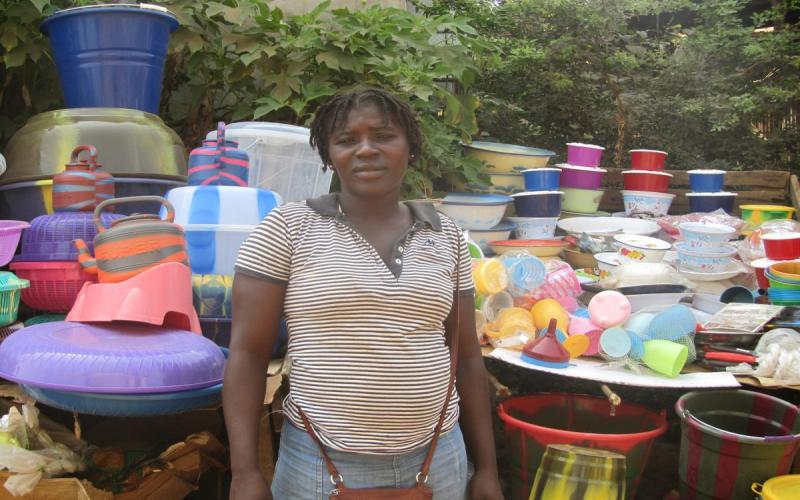
Microfinance does not have a single definition that can be given, but rather a series of characteristics that we tend to attribute to it. Microfinance generally includes the following: Small loans given to those with low income (sometimes for entrepreneurial activity) and mobilization of savings. Most MFIs (Microfinance Institutions) target the “poor” population and provide their services to women; both groups have limited or no access to traditional financial institutions so MFIs are sometimes their only means of obtaining loans and storing their savings.
There are many potential benefits that come with the existence of MFIs. Small loans may act as insurance against risks and provide basic needs to low income families, as well as provide the grounds to expand or create small businesses. Microfinance has the potential to create more stability in the lives of its clients, as it targets the most vulnerable populations. As mentioned previously, most MFIs offer their services to women, the most at-risk population for extreme poverty. In areas where the social and financial mobility of women is limited, microfinance institutions may offer them more of an opportunity to negotiate or improve their situation. This provides not only stability for the individual woman, but for her family and children. Success stories of microfinance span the globe. One program in Indonesia (those borrowing from Bank Rakyat Indonesia) saw 90% of its borrowers graduate from poverty. In Ghana, 80% of those involved in the MFI Freedom from Hunger had a secondary income source – a 30% increase over those who did not participate in the program.
Microfinance has seen more success among impoverished Asian populations than anywhere else in the world, but the influence of MFIs is growing in Africa and Latin America. Different populations pose different issues for microfinance, which would, in part, explain the higher success rate in Asian countries. Since MFIs provide loans there is a repayment aspect involved, complete with market-rate interest. For some populations, repayment may become a problem. Nomadic populations or populations dispersed over wide areas, those reliant on a single income source (like a single crop raised or a single industry), and those living in an area suffering from hyperinflation or high levels of government corruption may find repayment of loans difficult. As such, it must be noted that microfinance is only one way to decrease the global poverty rate, not the infallible solution to it. The success of microfinance in Asia, Africa, Latin America, and even parts of the Middle East and North Africa make it an important, sometimes vital lifeline to the world's most vulnerable people, but it is still only a piece of the puzzle in the fight against poverty.

